Nepal’s economy shows resilience amid global challenges, NRB reports
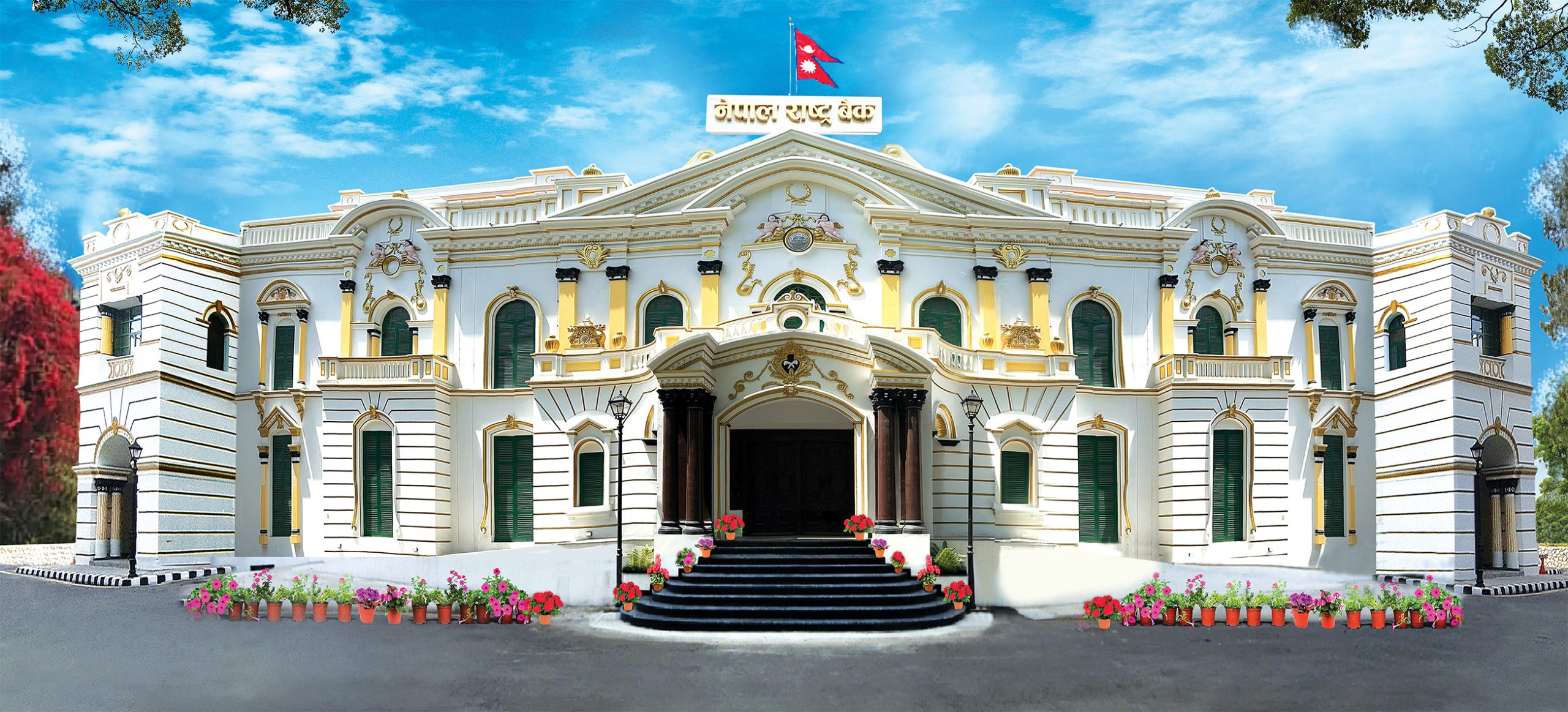
KATHMANDU: Nepal’s economy has demonstrated steady progress in the first eight months of fiscal year (FY) 2024/25, with consumer price inflation easing, robust growth in exports, and a solid balance of payments surplus, according to the latest Current Macroeconomic and Financial Situation of Nepal report released by Nepal Rastra Bank (NRB). Covering data up to mid-March 2025, the report highlights a year-on-year (y-o-y) consumer price inflation (CPI) drop to 3.75% from 4.82% a year ago, alongside significant gains in foreign trade and remittance inflows, though challenges such as rising imports and fiscal pressures remain.
Inflation Trends: A Cooling Economy
The NRB report reveals a notable decline in inflationary pressures, with the y-o-y CPI falling to 3.75% in mid-March 2025, down from 4.82% in the same period of FY 2023/24. This moderation reflects a broader cooling of price increases across both food and non-food categories. Food and beverage inflation dropped to 3.34% from 5.95% a year earlier, driven by declines in the prices of spices (-5.17%), vegetables (-1.24%), and meat and fish (-0.74%). However, certain sub-categories bucked the trend, with ghee and oil prices surging 13.74%, pulses and legumes rising 7.80%, and fruits climbing 6.82%.
Non-food and service inflation, meanwhile, edged down to 3.97% from 4.07%. Within this category, miscellaneous goods and services saw the sharpest increase at 10.14%, followed by clothes and footwear (7.01%) and alcoholic drinks (6.07%). Transportation costs also rose by 5.07%, reflecting stable but persistent demand pressures.
Regionally, inflation varied significantly. Koshi Province recorded the highest y-o-y CPI at 5.68%, while Gandaki Province saw the lowest at 2.77%. In the Kathmandu Valley, inflation stood at 3.25%, slightly below the national average, while rural areas (4.18%) outpaced urban areas (3.60%). Wholesale price inflation (WPI) also rose to 4.43% from 3.69% a year ago, with consumption goods leading the increase at 8.02%.
External Sector: Exports Soar, Imports Rise
Nepal’s external sector showcased remarkable resilience, with merchandise exports surging 57.2% to Rs. 158.17 billion in the eight-month period, reversing a 4.0% decline from the previous year. Exports to India, Nepal’s largest trading partner, soared 82.5%, while shipments to China and other countries grew by 8.8% and 2.9%, respectively. Key export drivers included soybean oil, polyester yarn, tea, and cardamom, though declines were noted in palm oil, zinc sheets, and readymade garments.
Imports, however, also climbed 11.2% to Rs. 1,145.57 billion, up from a 2.7% decrease a year ago, fueled by demand for crude soybean oil, rice, and transport equipment. Imports from India rose 7.9%, from China 12.5%, and from other countries 20.6%. This import growth widened the trade deficit by 6.2% to Rs. 987.39 billion, though the export-import ratio improved to 13.8% from 9.8%, signaling a strengthening trade position.
Remittances, a cornerstone of Nepal’s economy, grew 9.4% to Rs. 1,051.77 billion (or $7.74 billion, up 6.9% in USD terms), bolstered by 317,068 Nepali workers seeking first-time foreign employment approvals—a rise from 285,352 the previous year. The current account surplus expanded to Rs. 180.08 billion from Rs. 167.45 billion, while the balance of payments (BOP) surplus stood at Rs. 310.37 billion, down slightly from Rs. 327.55 billion a year ago.
Gross foreign exchange reserves swelled 18.0% to Rs. 2,409.25 billion ($17.27 billion) by mid-March 2025, sufficient to cover 17.2 months of merchandise imports and 14.3 months of combined merchandise and service imports. This robust reserve position underscores Nepal’s ability to weather external shocks, despite a 4.22% depreciation of the Nepalese rupee against the US dollar since mid-July 2024.
Fiscal and Monetary Dynamics
On the fiscal front, the Government of Nepal’s total expenditure reached Rs. 839.36 billion, a 4.7% increase from Rs. 801.58 billion in the same period of FY 2023/24. Recurrent spending edged up 0.3% to Rs. 584.13 billion, capital expenditure rose 1.4% to Rs. 82.34 billion, and financial expenditure jumped 25.1% to Rs. 172.89 billion. Revenue mobilization grew 12.7% to Rs. 720.35 billion, with tax revenue up 10.4% to Rs. 638.80 billion and non-tax revenue soaring 35.1% to Rs. 81.55 billion. Despite this, a fiscal gap persists, with expenditures outpacing revenues.
Monetarily, broad money supply (M2) expanded 4.8% in the review period and 9.9% y-o-y, reflecting steady liquidity growth. Deposits at banks and financial institutions (BFIs) rose 4.3% to Rs. 277.23 billion, while private sector credit increased 6.0% to Rs. 304.82 billion. Interest rates trended downward, with the weighted average lending rate for commercial banks falling to 8.40% from 10.78% a year ago, and deposit rates dropping to 4.54% from 6.74%. The NRB absorbed Rs. 16,004.15 billion in liquidity, primarily through deposit collection auctions and standing deposit facilities, while injecting Rs. 433.77 billion via foreign exchange purchases.
Sectoral Performance and Capital Markets
The report highlights a mixed performance across sectors. Credit to industrial production grew 9.3%, construction 9.5%, and services 8.0%, reflecting a recovery in key economic activities. The NEPSE index, a barometer of Nepal’s stock market, climbed to 2,736.49 from 2,108.73 a year ago, with market capitalization rising to Rs. 4,543.81 billion from Rs. 3,314.63 billion. BFIs and insurance companies dominated the market, accounting for 53.2% of capitalization, followed by hydropower (15.7%) and investment companies (7.6%).
Opportunities and Risks Ahead
Nepal’s economic outlook remains cautiously optimistic. The decline in inflation, bolstered reserves, and export growth signal resilience amid global uncertainties, such as a 15.64% drop in crude oil prices to $70.82 per barrel and a 37.15% surge in gold prices to $2,974.05 per ounce. However, rising imports, a widening trade deficit, and dependence on remittances pose risks. The government’s ability to execute its capital budget and sustain revenue growth will be critical to maintaining momentum.
Analysts note that Nepal’s economic stability hinges on external factors, including global commodity prices and remittance flows, as well as domestic policy execution. “The export surge is a bright spot, but the trade deficit and fiscal pressures suggest a need for structural reforms,” said an economist familiar with the report.
As Nepal navigates these dynamics, the NRB’s data provides a roadmap for policymakers and investors alike, balancing optimism with the realities of a small, trade-dependent economy in a volatile global landscape.



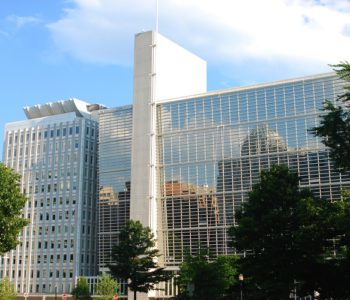





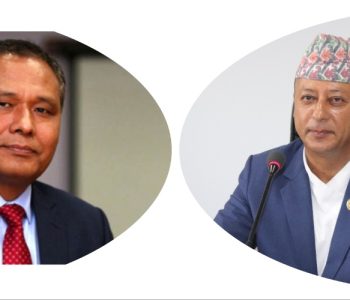
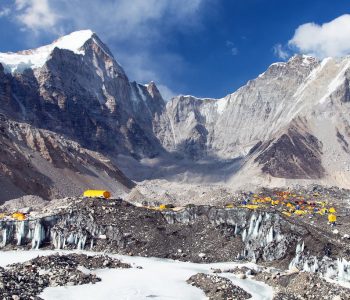
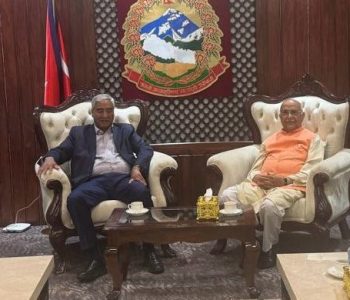
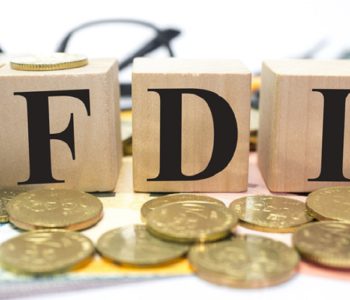
Facebook Comment